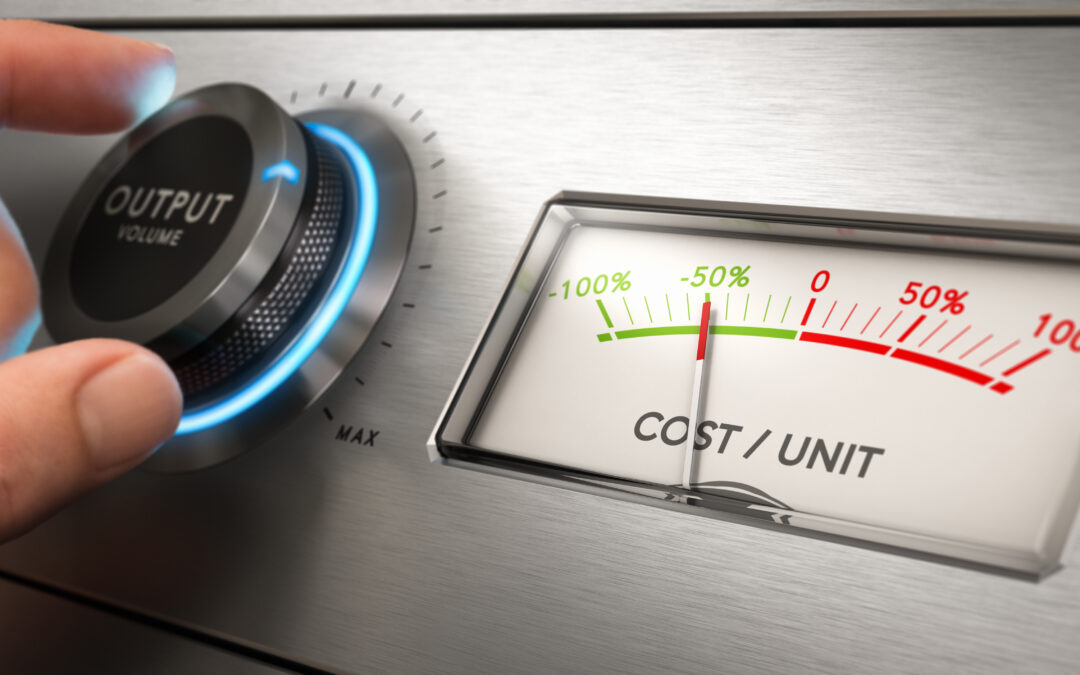As an American small business owner, you’ve probably encountered the concept of ‘scaling’ your business repeatedly. You’ve read articles, attended seminars, perhaps even invested in courses. However, a crucial component often gets neglected – understanding your business’s Unit Level Economics (ULE). The ‘price per unit’ concept forms the very core of ULE and today, we’re going to delve into its significance and its potential to catapult your business growth.
What are Unit Level Economics and Price Per Unit?
Unit Level Economics, at its simplest, involves calculating revenues and costs at the smallest, sale-generating unit of your business. For a landscaping business, that could be one truck; for a coaching venture, one coach.
Your unit price is the revenue you generate per unit. Subtracting the cost per unit from this provides your profit per unit, which forms the foundation of your ULE. If this isn’t profitable, scaling up might just amplify losses.
The Crucial Equation: Price Per Unit > Cost Per Unit
According to the U.S Small Business Administration, approximately 50% of small businesses fail within their first five years [1]. One common reason for this: poor financial management, often stemming from a lack of understanding of unit price.
Consider a food truck business. To calculate your unit price, determine your revenues from selling one serving of your signature dish. Then, account for the costs per unit: ingredients, labor, gas for the truck, and so on. If your unit price exceeds your cost per unit, you’re generating a profit. If not, it’s time to reevaluate your pricing or costs before planning any scaling.
Leveraging Unit Level Economics for Scaling
- Pricing Strategy: Your price per unit isn’t just about covering costs and profits; it’s also about value perception. Pricing too low might save costs, but it can also diminish perceived value, whereas pricing too high could limit your customer base.
- Cost Management: On the cost side, consider negotiating with suppliers or finding cost-effective alternatives. Every cent saved adds to your profit per unit.
- Optimize Operations: Can you reduce labor costs without compromising on quality? Would buying ingredients in bulk make sense? Always look for ways to optimize.
Remember, the goal of scaling isn’t just to get bigger—it’s to get more profitable. And the price per unit analysis provides a simple, straightforward way to measure profitability at the most granular level.
Empirical Evidence: The Success of Unit Level Economics
The significance of understanding per unit pricing in scaling is evident in the success of companies like Uber and Airbnb. Despite their multi-billion dollar valuations, these businesses focus on ULE to maintain profitability. For instance, Uber doesn’t just look at the profit from all rides; it dives into the profitability of each ride [2].
Conclusion: Price Per Unit – The North Star Metric
Scaling is a complex process, fraught with potential pitfalls. But keeping an eye on your unit-level economics, particularly the pricing per unit, can provide a clear roadmap to growth and profitability. In the competitive American market, it’s this meticulous attention to detail that sets successful businesses apart.
Embrace the power of this concept today. Because profitability isn’t just about the big picture—it’s about every single unit.
Footnotes
[1] U.S. Small Business Administration, Small Business Facts: https://advocacy.sba.gov/category/research/facts-about-small-businesses/
[2] CBInsights, Research: https://www.cbinsights.com/research/unit-economics-cost-of-customer-acquisition/
—
Ready to apply the power of price per unit to your own business model? Let’s dive deeper into how unit-level economics can propel your business growth. Schedule a free 15-minute Strategy Call with us today, and let’s scale your business together.


Recent Comments